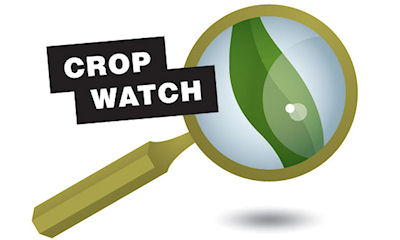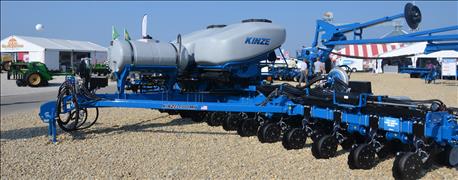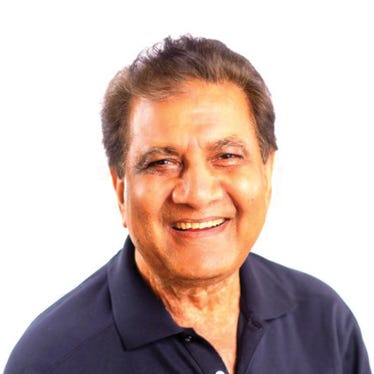February 8, 2016

I would like to express my personal appreciation to engineers of farm machinery companies like Kinze that have developed planters that change from one hybrid to another on the go. However, I think changing more than two hybrids on- the- go may not be valuable even if they developed technology to make it possible.
Not everyone agrees. I know some people are already looking ahead to being able to change three or four hybrid per pass. Here is my reasoning.

Plant two hybrids at a time might be just right, rather than doing more than that at a time during planting.
On one hand companies are developing planters that can plant accurately, going 10 miles per hour. On the other hand growers have choices for changing hybrids and population densities. I don’t think we can expect growers to make all these changes while getting seeds planted at the right depth. I would like seed planted at the right depth uniformly, and not be concerned about too many other factors.
Crop Watch 2/2: Hybrid characteristics matter when matching hybrids to soils
I suggest an alternative to true multi-hybrid planting that still gives growers the ability to have more options for multiple soil types. I was trained as a plant breeder and don’t pretend to know much about farm machinery. However, some growers have used variable plant densities through ‘variable- rate technology’ for a while now. Some say it pays in corn, some say it doesn’t pay.
Coupled with multi-hybrid planting, it may be the answer to meeting the needs of growers with the combination of the two technologies on the same planters. Instead of a multi-hybrid planter, can we call it a ‘duo or twin-hybrid planter,’ and in combination with VRT, accomplish with two hybrids what some think we need more than two hybrids to do?

FASCINATING TECHNOLOGY: You can buy this Kinze multi-hybrid planter now. The technology is here. However, Dave Nanda believes it has all the capability farmers will need- the ability to plant two hybrids on the same pass, and to vary the seeding rate of each one according to soil type.
Crop Watch 1/18: Nubbins as second ear add little to yield potential
I think population density differential response can play an important role in accommodating soil variations. With two hybrids and two seeding rates, you will have all the combinations you need for almost any field. (Nanda is Genetics and Technology Consultant for Seed Consultants, Inc. Email him at [email protected] or Call him at 317-910-9876.)
About the Author(s)
You May Also Like






